Customer experience can make or break a business. Read this guide to discover 11 ways that you can improve the way you create customer experiences.
Key takeaways
- Customer experience encompasses all interactions throughout the customer journey across five stages: awareness, consideration, conversion, retention, and advocacy.
- Great customer experience directly increases lifetime value and creates self-sustaining customer advocacy cycles.
- Intuitive website design with clear navigation and responsive layout prevents customer abandonment during purchase decisions.
- AI chatbots provide 24/7 customer support while reducing human capital costs for businesses.
- Free returns and exchanges reduce purchase anxiety and cart abandonment rates in online shopping.
The brands that’ll win in the future are the ones that provide a great customer experience time and time again. After all, prioritizing customer satisfaction is what’s made the biggest ecommerce names like Amazon what they are today, and it’s valid to want that for your business.
So, considering the challenges ecommerce business owners often face in their customer experience transformation process, here’s a guide to the main things you must know to start making a positive impact on your customers and finally achieve that sweet, sweet LTV.
What is customer experience?
Customer experience (CX) is the combination of interactions a customer has with a brand throughout their relationship, shaping their overall perception and emotional connection to the company as a whole.
Every interaction, in every stage of the customer journey, matters. Hence, creating a robust customer experience strategy requires extreme attention to detail, empathy, and a relentless commitment to excellence.
An ecommerce business usually engages customers in their journey through five stages (the sales funnel): awareness, consideration, conversion, retention, and advocacy.
- In the awareness stage, companies capture the attention of potential customers and make them familiar with the brand. Most likely through targeted digital marketing efforts like search engine optimization, content marketing, and paid ads.
- During the consideration stage, the company provides information that helps potential customers evaluate options and develop a preference for the brand. Think things like detailed product descriptions, customer reviews, and personalized recommendations.
- In the conversion stage, the brand uses different strategies to facilitate a smooth checkout process and turn interested prospects into paying customers. Strategies like offering multiple payment options and incentives such as free shipping and discounts.
- During the retention stage, the company maintains ongoing engagement to build loyalty and encourage repeat purchases. Some common methods include sending post-purchase emails, creating loyalty programs, and offering quick customer support.
- Finally, in the advocacy stage, the company focuses its efforts on encouraging satisfied customers to leave positive reviews, both online and through word-of-mouth, to boost credibility and expand the customer base.
Example: An Etsy seller is asked for a refund after items are lost in transit
Let’s take a small Etsy shop selling hand-painted bookmarks as an example.
For some context, it’s 2024 and the book community is thriving with all the TikTok content going around on the amazing reads 2023 brought and the new ones that are still to be released in the next few years. People who had stopped reading in their teens have now, as working adults, finally recovered from their almost decade-long reading slump and are looking to purchase some awesome merch showcasing the stories they have recently come to love.
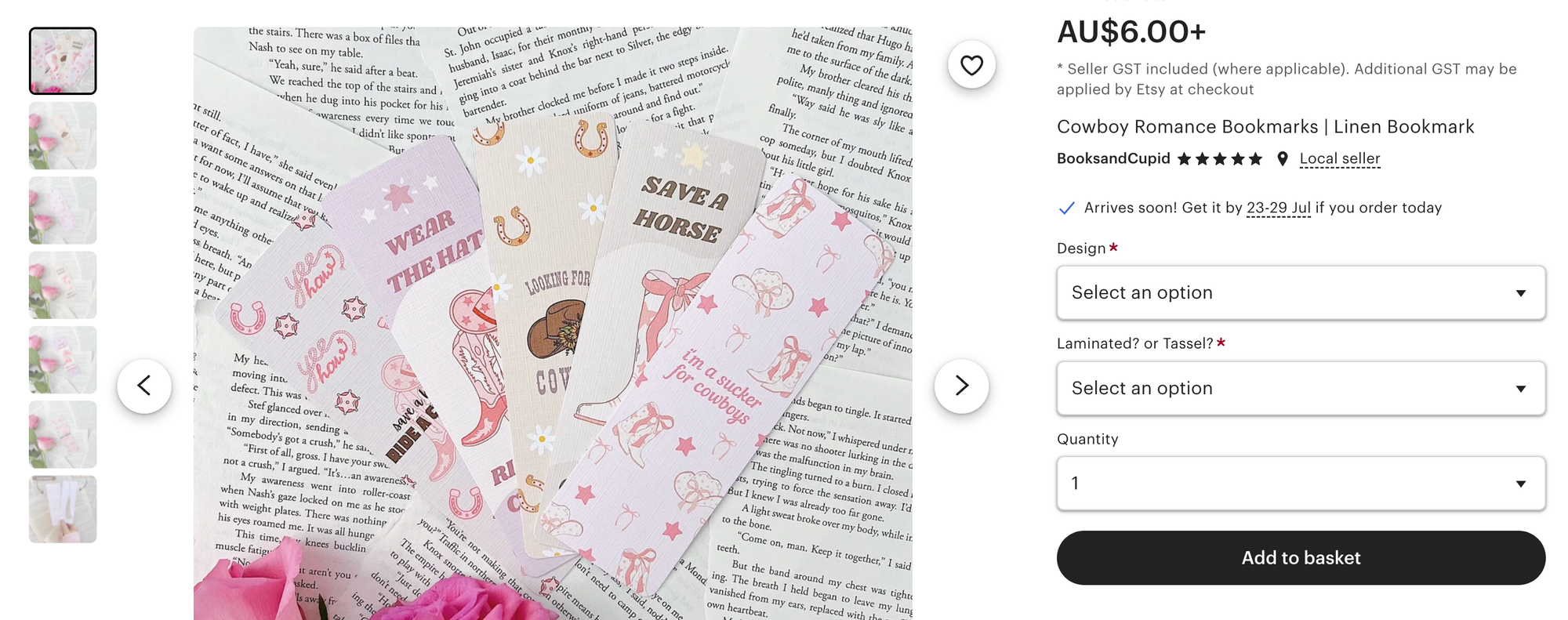
There’s someone who recently purchased two bookmarks from said Etsy seller. They liked many more bookmarks in the shop, but decided to go with two to see product quality before making a larger purchase.
It’s common that when you purchase light products from small shops, like stickers and bookmarks, they send them in non-trackable envelopes. This was the case, and the buyer couldn’t care less. They were very excited about their bookmarks, with hand-painted art from the books they loved. And the seller provided an estimated delivery timeframe, so what could go wrong?
Unfortunately, as it sometimes happens when products are sent in non-trackable envelopes, the bookmarks didn’t arrive in the estimated time the seller provided when they were shipped. The customer was very disappointed, explained the situation to the seller, and asked for a refund.
At this point there were two routes the seller could take, each of which create vastly different customer experiences.
- The seller could accept the loss and provide the refund.
- Or, the seller could argue with the client that they were warned about not getting a tracking number and that refunds are not an option.
In this case, the seller took the loss and immediately sent the refund. They apologized to the customer for the bookmarks not arriving on time and wished the customer a nice day.
A week later, the bookmarks arrived in the mail. And the customer, happy with the previous interaction they had with the seller when asking for a refund, sent them a message to pay for the order that had at last been delivered and became a loyal supporter of their shop.
If the seller had gone the other way and decided to argue with the customer and not send the refund, there would've been an awful review waiting for them the next time they looked at their listings, leading to a bad reputation and missed opportunities for sales.
Why is CX important?
Here are a few reasons why customer experience is so important:
It helps conversions
A positive customer experience builds trust and reduces second-guessing during the buyer’s journey. CX practices like providing clear navigation, detailed descriptions, and a smooth checkout process encourage customers to put out their credit card in minutes.
Also, providing this type of service and answering questions as they arise will solidify the customer’s decision and give them the peace of mind they need when making a purchasing decision.
It makes customers happy
Customers like to feel valued by the brands they shop with. It’s not enough just to offer a great product. A great customer experience results in happy customers who will keep your company at the top of their minds and recommend it to others.
If the customer experience is poor, people will consciously distance themselves from your brand. And with so many options available online, they will quickly find a different brand that offers a similar product and a great CX.
It extends customer lifetime value
Lifetime value (LTV) is how much a customer will spend on your brand throughout the relationship. Better CX equals a higher LTV.
Caring about CX and increasing LTV results in satisfied customers likely to become advocates for the business, helping you attract new clients at little-to-no cost and creating a self-sustaining cycle. And with a low customer acquisition cost (CAC), businesses can invest in other vital areas like new product lines and brand partnerships.
11 Ways to improve customer experience in 2024
Below are eleven techniques to improve customer experience in 2024:
1. Have an intuitive website

Intuitive websites are user-friendly. As an ecommerce brand, you should always offer an easy-to-navigate layout with clearly-defined categories, beautiful photography, clear calls to action, and a responsive design that adapts to mobile and desktop. A customer isn't going to stick around and make a purchase if they have to go digging for a buy button, and if your website is not clear they
You should also be consistently A/B testing different site variations. Conversion rate optimization is the simplest (but it’s not easy) way to make more money off your existing traffic.
2. Create detailed information and how-to guides
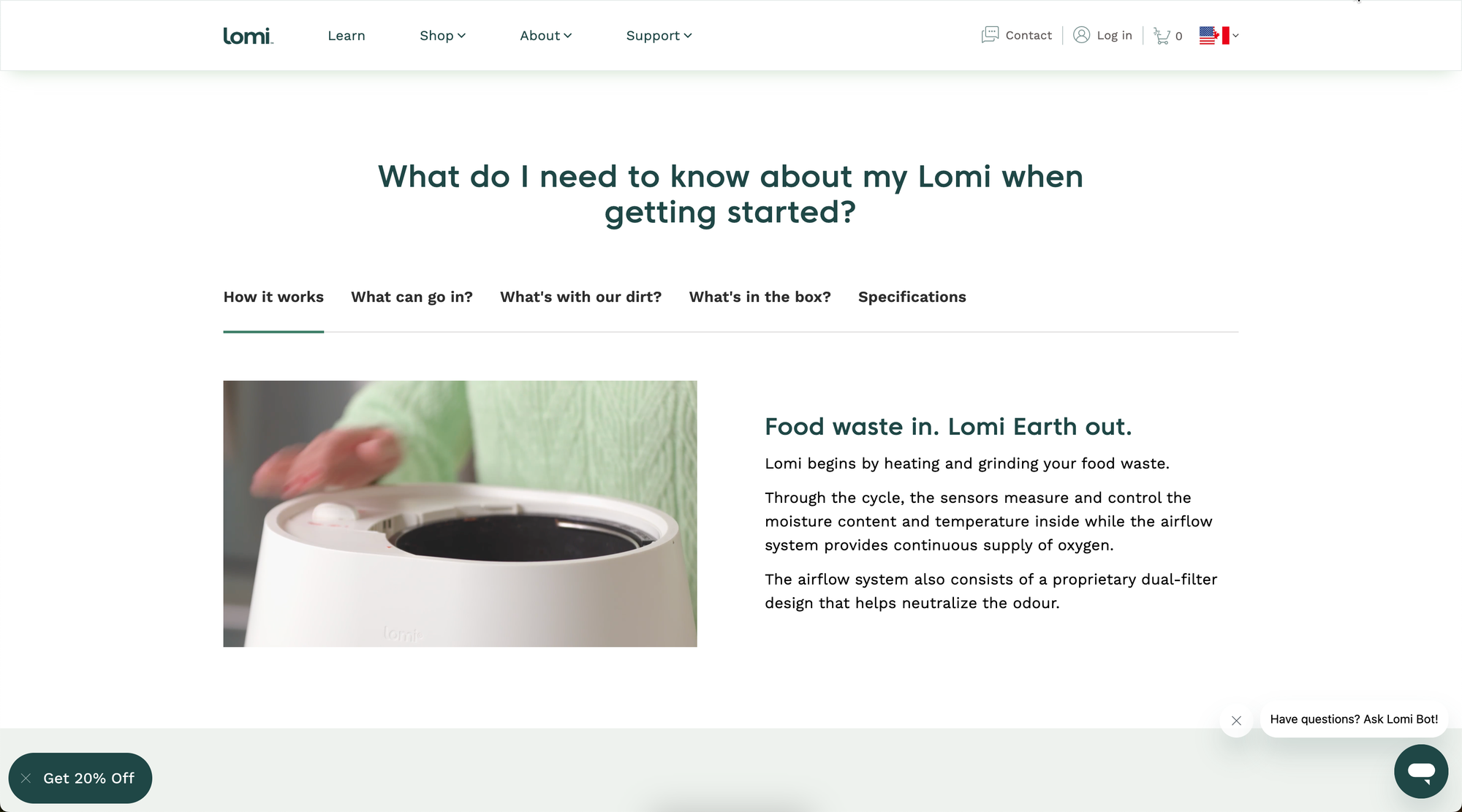
Detailed information and how-to guides proactively address concerns, creating a smoother customer journey and increasing satisfaction. The more complex your product is, the more important it is to provide comprehensive information as soon as possible.
Interactive tutorials, landing pages, pop-up hints, clickable prompts, FAQs, and step-by-step guides on blogs all feed into how well a customer relates to your brand.
Take the time to understand your customers’ needs, then use clear and concise language to speak to those problems.
3. Utilize AI chatbots

AI chatbots simulate human conversation using artificial intelligence (AI) technologies like machine learning (ML) and natural language processing (NLP). They can handle multiple chats instantly and offer personalized recommendations, allowing you to provide a more efficient service and reduce what you’re spending on human capital.
Additionally, they’re online 24/7 so site visitors can get what they need immediately.
4. Provide multiple shipping options

Customers choose a shipping option based on factors like urgency, budget, and convenience. Your role as a business owner should be to provide multiple options that make sense for the customer.
There are companies you can partner with like Route, that give shoppers an extra layer of protection with services like insurance, tracking, and carbon-neutral shipping. Remember, your competition is Amazon Prime’s two-day shipping and free returns, so be sure to give plenty of secure, reasonably-priced shipping options.
5. Consider the unboxing experience and packaging

First impressions will always be what gets remembered the most. Receiving a package in the mail is an exciting event for buyers, so you should take advantage of making it a special moment. Some businesses like to add things like colorful shredded paper (recycled of course, keep it eco-friendly!) while others may decorate the boxes with stickers and stamps. Any little packaging detail will brighten up the receiver's day.
As a business owner, you already juggle multiple tasks and designing packaging requires time and resources you may not have when you’re just starting out. Thankfully, companies like Packlane offer custom packaging services to give your products the perfect presentation and earn those extra brownie points with your customers.
6. Sell a great product
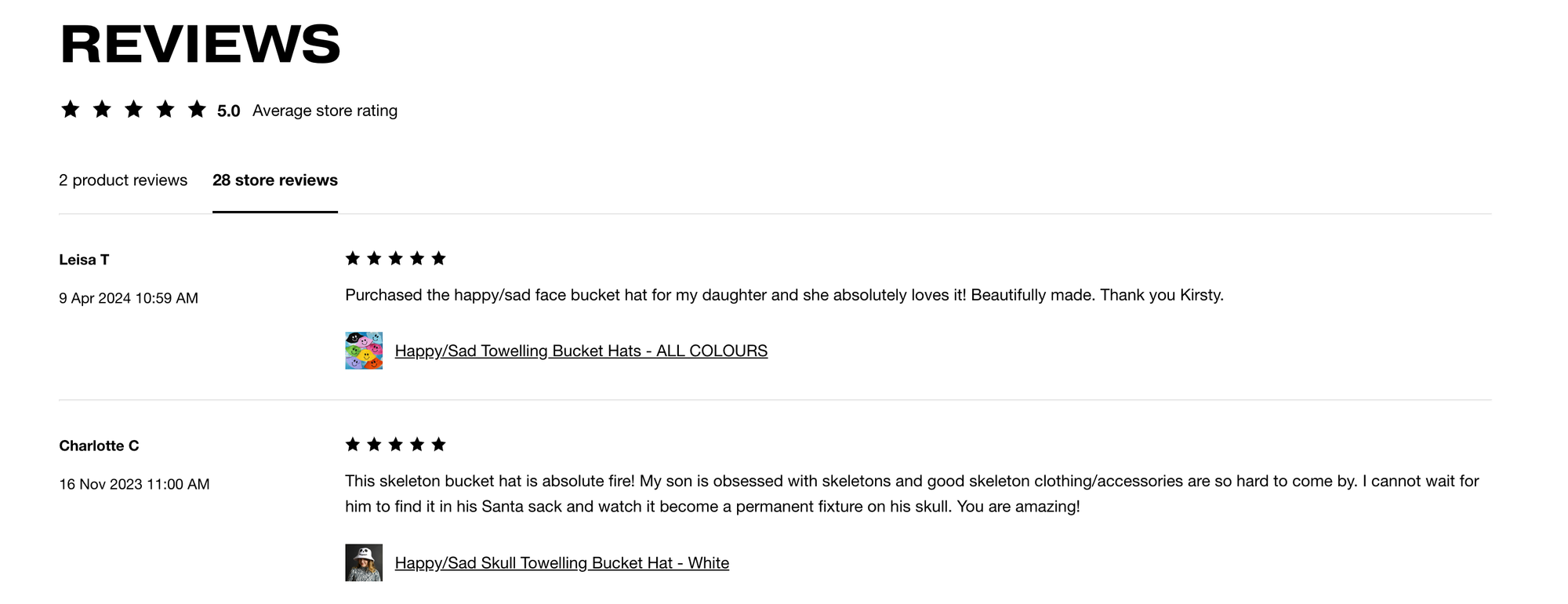
This one almost goes without saying, but When customers receive a product that delivers on its promises, they are going to return and recommend the brand to their friends. This cycle of satisfaction and recommendation builds a strong, positive reputation for the company.
It sounds basic, but having a great product is the best thing you can do for customer experience.
7. Offer free returns & exchanges
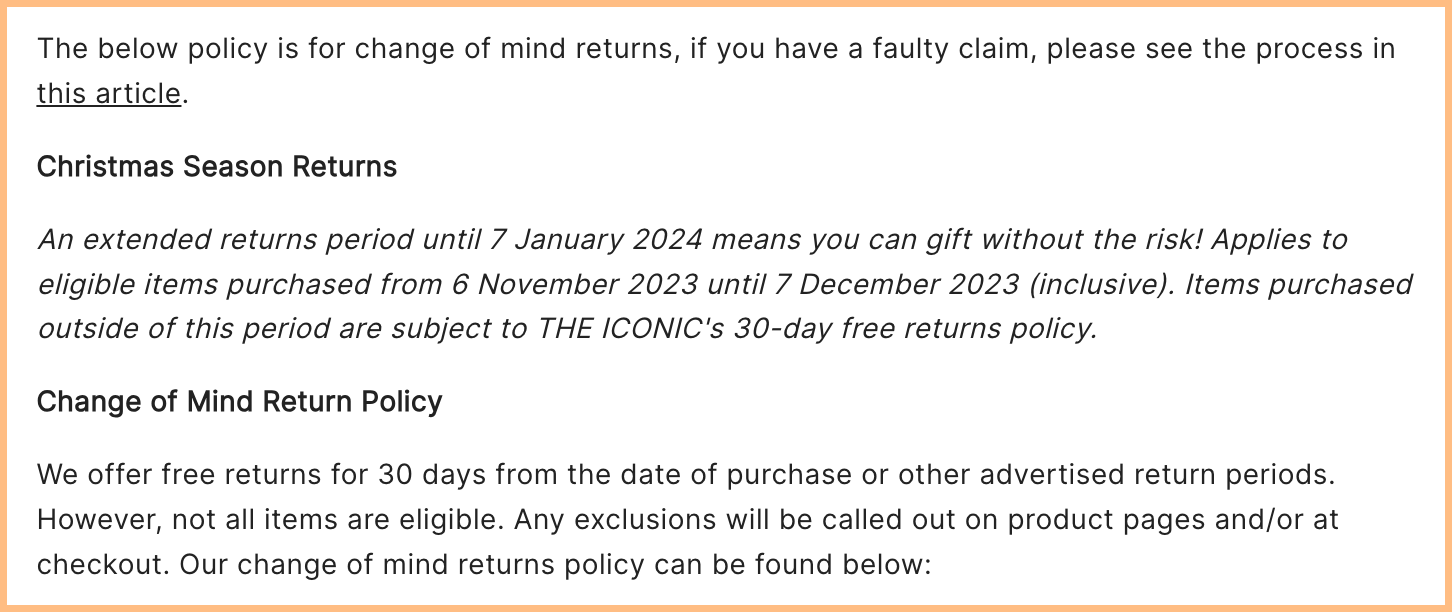
Online shopping can be risky - you never know if what you purchase is going to meet your needs. Free returns and exchanges reduce the fear of making a wrong purchase, something very common with online shopping. It builds a sense of security that encourages more frequent purchases and reduces cart-abandonment rates.
Implement a clear and straightforward returns policy that is easy to find on your website. Additionally, train your customer service team to handle returns and exchanges efficiently and empathetically, and regularly review your policy to meet customer standards.
8. Implement fast customer support

Fast customer support shows that your business values its customers' time and is committed to providing a smooth shopping experience. It prevents problems from escalating. Issues that are resolved promptly reduce customer frustration and build trust - making a customer with an issue wait 3-5 business days for an email response only adds more frustration to the situation.
Design a customer support system with channels such as live chat, email, and phone support. You can go even further by offering extra customer service options such as interpreter services and call options for the impaired. For written enquiries, monitor response times continuously and use customer feedback to identify and address recurring issues.
9. Have multiple payment options

Multiple payment options reduce friction at checkout, making it easier for customers to complete their purchases. By accommodating different financial situations and preferences you give customers convenience and choice, increasing the likelihood of conversion and enhancing the perceived value of your service.
So, partner with payment processors to offer a wide range of options like credit and debit cards, digital wallets (like Google Pay and Apple Pay), and buy now, pay later services (like Klarna and Afterpay). Ensure the payment process is secure and user-friendly and regularly update your payment methods to include new options that customers may prefer.
According to PYMNTS, initial findings showed that merchants who implemented Amazon's Buy with Prime feature experienced a 38% rise in conversion rate, so it’s definitely something to consider.
10. Use loyalty programs
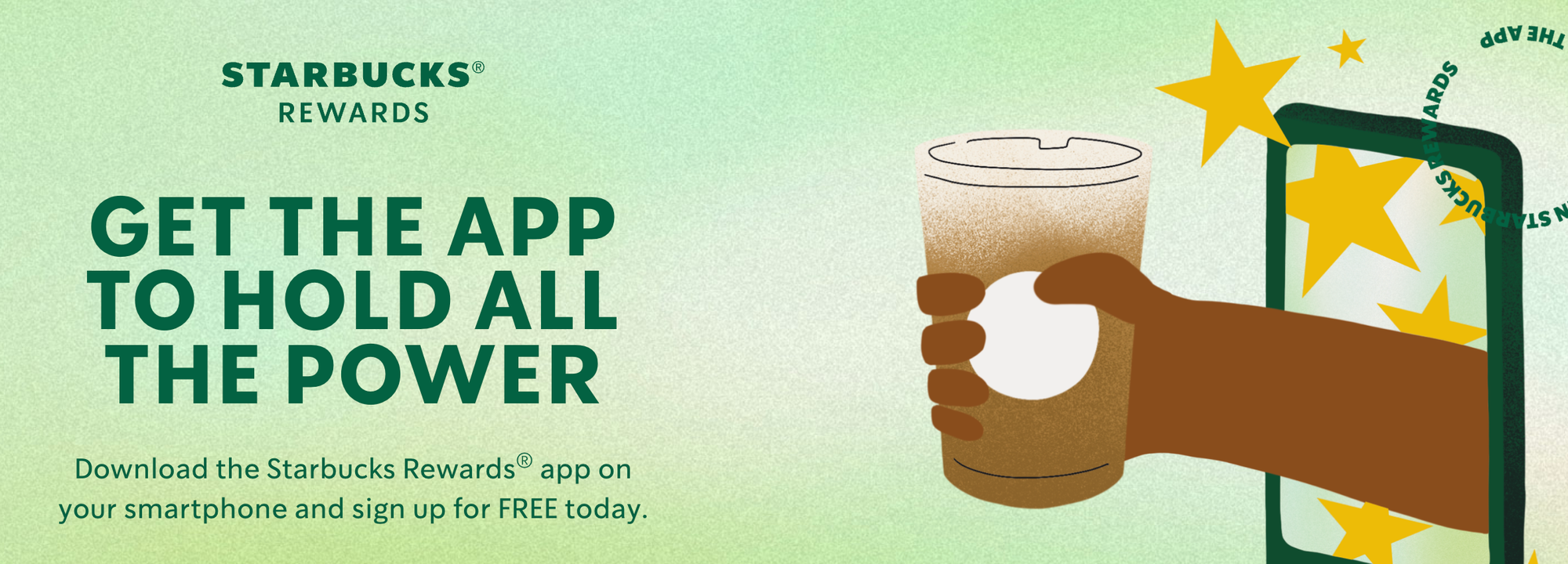
Who doesn't love getting something for free (or even a little discount)? Loyalty programs provide a tangible reason for customers to return and make repeat purchases in the hopes of receiving an award. Strategies like personalized rewards and exclusive offers strengthen the bond between the customer and the brand and increase lifetime value.
Design a loyalty program with rewards like discounts, free products, or exclusive access to new launches. Personalize the program by tracking customer preferences and thoroughly promote it to make it easy for customers to join and track their rewards.
11. Personalized shopping experiences

Personalized experiences make customers feel special, increasing their emotional connection to your business. They help meet customer expectations at a new level, making the shopping process more efficient and highly enjoyable.
Optimize your website so it’s capable of delivering a customized user experience with personalized homepages and product recommendations. Also, customize email marketing campaigns with targeted offers and continuously update your personalization strategies based on customer feedback and industry trends.
Trends in customer experience
As the commerce industry evolves, so do customer's expectations about their experience. Here are three of the top customer experience trends in 2024:
Online customer experience
The online customer experience trend involves leveraging strategies like intuitive website designs, fast load times, personalized recommendations, and interactive content to guarantee happy customers.
To apply this in your business, you can optimize your websites to provide things like smooth navigation and interactive elements like 360-degree product views and augmented reality (AR) to help customers make more informed purchase decisions.
Amazon-like white-glove care
Amazon's exemplary service and their premium customer care have set high expectations for ecommerce brands. The white-glove experience goes beyond standard customer service by offering all customers additional benefits like expert advice and 24/7 assistance with product setup.
Ecommerce businesses can start adopting this trend by offering simple benefits such as expedited and free shipping options and flexible return policies. They can also establish membership or loyalty programs, helping follow this high level of service and become more and more competitive.
Hybrid buying
Hybrid buying combines the best aspects of traditional ecommerce with innovative online social experiences, allowing customers to have one cohesive shopping experience across multiple digital platforms. A great example of this trend is social media shopping, where customers can browse and purchase products directly through platforms like Instagram and Facebook.
Brands can apply this trend by setting up shop on social media platforms and optimizing their product catalogs for easy integration. They can also engage customers through interactive livestreams to offer exclusive deals and real-time interaction.
Selling a digital product? Use Whop for the best customer experience
At Whop, we believe that exceptional customer service is the key to increasing conversions.
Our platform allows you to create an engaging online community, seamlessly manage customer feedback, and offer diverse digital products like ebooks, courses, and downloads that keep your audience hooked.
With Whop, you gain access to round-the-clock customer support, ensuring your customers always have the help they need.
Our versatile payment options include buy-now-pay-later and cryptocurrency, making transactions smooth and convenient. And, with our competitive 2.7% + $0.30 transaction fee, you retain more of your hard-earned revenue.
Sign up with Whop today and improve customer satisfaction across your business.
Ecommerce customer experience FAQs
How do you measure customer experience in ecommerce?
You can measure customer experience in ecommerce through three main metrics: Customer Satisfaction Score (CSAT), Net Promoter Score (NPS), and Customer Effort Score (CES).
CSAT measures customer satisfaction with a specific interaction or overall experience. NPS measures customer loyalty by how likely they are to recommend the business to others. And CES assesses the ease of customer interactions based on how much effort customers need to exert to achieve their goals.
What are the 3 Cs of ecommerce?
The 3 Cs of ecommerce are content, community, and commerce. They are closely related, as content drives traffic (a community). Content is crafted to be relevant and consistent, tackling topics of the target audience’s interest. Community is about creating a sense of relatability to the brand. And commerce involves creating a smooth buyer’s journey that generates conversions.
Why you should trust us
Joe Niehaus is a content writer and ecommerce expert at Whop. With years of experience in the ecommerce industry, Joe has successfully helped manage affiliate programs for numerous nine-figure brands, helping brands build strong relationships with customers through top-tier support.



